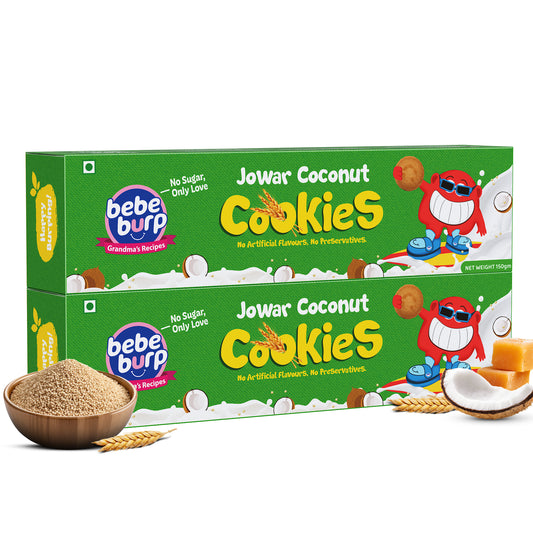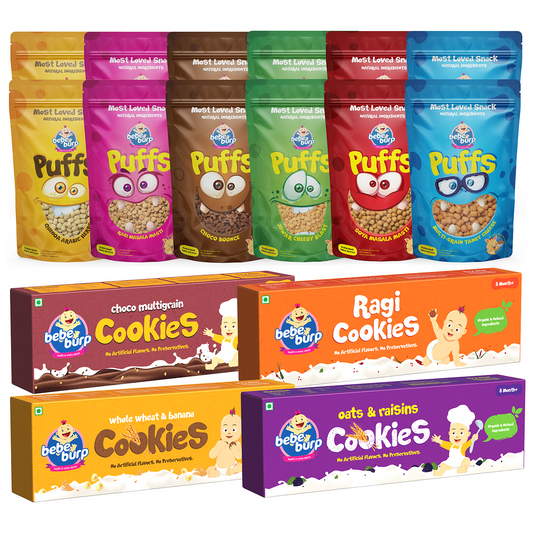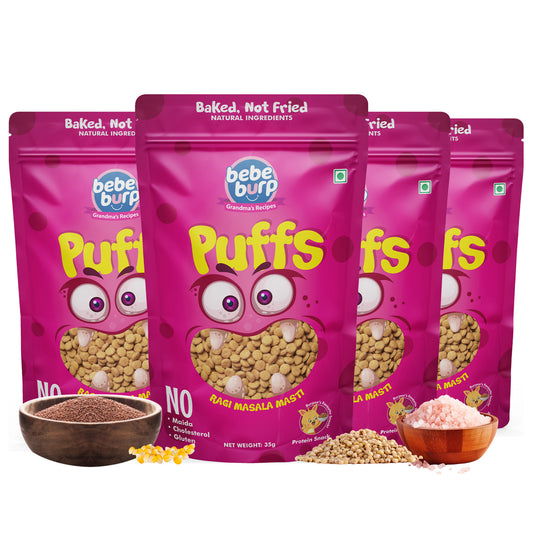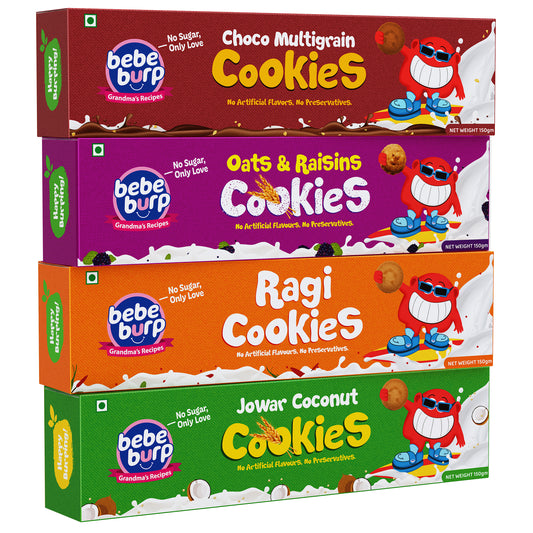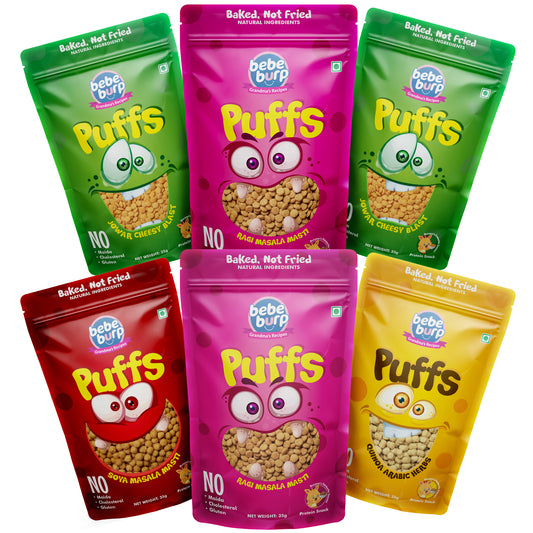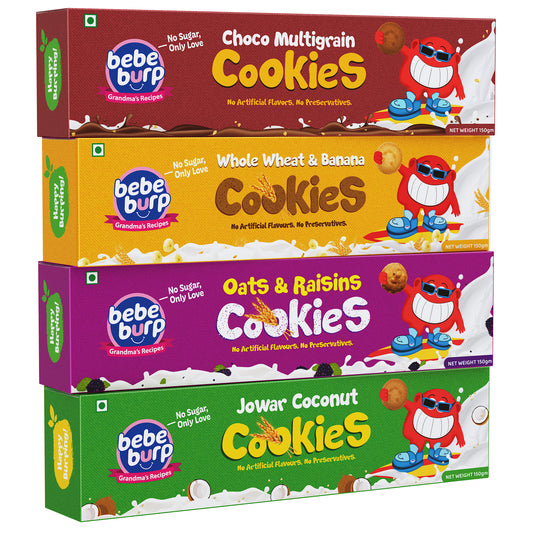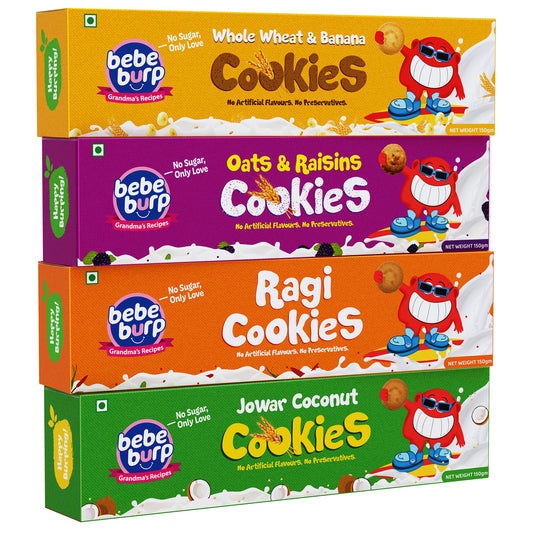Gluten-free, fiber, and Indian proud -Jowar is one of the most popular ancient grains which found a good re-discovery in the modern kitchens. But there is one question that is still in the air in many households: is Jowar a millet?
The answer is yes! Jowar or sorghum is a major millet that has been listed by the Government of India and the United Nations.
It used to be an honest country food, but it is currently celebrated as a supergrain due to its unbelievable health benefits; particularly on kids and families.
And what is so special about jowar, its origin, nutrition and its Ayurvedic value as well as its good culinary applications.
What Exactly Is Jowar and Why Is It Called a Millet?
Signification and Originality of Jowar (Sorghum)
Sorghum bicolor (Jowar) is among the oldest grains that have been cultivated across the world.
It was first discovered in Africa more than 5,000 years ago and then it was extended to India by means of ancient trade routes.
It is a food staple in other parts of India, such as Maharashtra, Gujarat, Karnataka, and Rajasthan where it is prepared into rotis, bhakris, porridge, snacks, etc.
Why It Belongs to the Millet Family
The family of Poaceae (grass) in which jowar belongs includes rice, wheat, and other millets.
It is also a major millet due to its size or its larger grain and the rate of production as opposed to the smaller millets such as foxtail or kodo millet.
Difference Between Major and Minor Millets
|
Type |
Examples |
Characteristics |
|
Major Millets |
Jowar, Bajra, Ragi |
Larger grains, widely grown, high yield |
|
Minor Millets |
Foxtail, Barnyard, Little, Kodo, Proso |
Smaller grains, grown in limited regions, nutrient-dense |
Fun Fact:
Types of Jowar Found in India and Their Unique Benefits
There’s more than one kind of jowar! Each type has its own color, taste, and nutritional edge.
White Jowar (Shweta Jowar)
White jowar is light, and easy to digest, and is the most popular among the daily rotis and dosas.
Its milPlus, its gluten-free nature makes it safe for kids with wheat allergies or sensitivities.d flavor makes it perfect for kids and toddlers.
Yellow Jowar
Rich in carotenoids and complex carbs, yellow jowar is known for providing sustained energy — great for growing children and active adults.
Red and Brown Jowar
Antioxidants, iron, and phenolic compounds are packed in these colorful varieties in promotion of good heart health and immunity.
Comparison Table:
|
Type |
Taste |
Best For |
Key Benefit |
|
White |
Mild, soft |
Kids, everyday meals |
Easy digestion |
|
Yellow |
Earthy, nutty |
Active adults |
Long-lasting energy |
|
Red/Brown |
Slightly bitter |
Health-conscious eaters |
Antioxidant boost |
Nutritional Profile of Jowar (Per 100g)
Jowar packs a strong nutritional punch that rivals even rice and wheat.
|
Nutrient |
Amount (Per 100g) |
|
Energy |
329 kcal |
|
Protein |
10.4 g |
|
Carbohydrates |
72.6 g |
|
Fiber |
6.6 g |
|
Fat |
1.9 g |
|
Calcium |
25 mg |
|
Iron |
4.1 mg |
|
Magnesium |
165 mg |
|
B Vitamins |
B1, B2, B3, B6 |
Comparison with Other Millets
|
Grain |
Protein (g) |
Fiber (g) |
Iron (mg) |
|
Jowar |
10.4 |
6.6 |
4.1 |
|
Ragi |
7.3 |
3.6 |
3.9 |
|
Bajra |
11.6 |
8.5 |
8.0 |
|
Foxtail Millet |
12.3 |
6.7 |
2.8 |
Why It’s Ideal for Kids and Families
Jowar is gentle on the stomach, supports healthy weight, and provides steady energy without spikes.
Plus, its gluten-free nature makes it safe for kids with wheat allergies or sensitivities.
Health Benefits of Eating Jowar Daily
Supports Digestion and Gut Health
The jowar is rich in fiber thus making sure that the food is easily digested and does not constipate it.
It is also beneficial in enhancing good intestinal flora.
Helps Manage Blood Sugar and Weight
Jowar contains a low glycemic index (GI) and therefore it does not contain a lot of sugar and is therefore good with diabetics and weight watchers.
Gluten-Free Option for Sensitive Eaters
It is gluten free by nature and hence it is an ideal substitute to celiac disease or gluten intolerant individuals.
Boosts Energy and Bone Strength
How to Add Jowar to Your Everyday Meals
Homemade Ideas
- Jowar Rotis or Bhakris – pair with sabzi or curd
- Jowar Dosa or Idli Batter – lighter than rice versions
- Jowar Porridge for Kids – sweetened with fruit or jaggery
- Jowar Ladoo or Chilla – tasty and healthy snacks
Packaged & Instant Options for Busy Mornings
Find the millet mixes or porridge packs of Bebe Burp that use jowar and other millets, which is ideal during a hurry in morning without skipping a meal.
Smart Pairing Tips
Combine jowar with pulses, ghee, or curd to enhance protein quality and digestibility.
Make It Kid-Friendly
Add a mashed banana or a spoon of honey to porridge to make it naturally sweet and creamy for toddlers.
Jowar vs Wheat vs Rice – Which Is Healthier?
|
Grain |
Gluten |
Glycemic Index |
Fiber |
Protein |
|
Jowar |
❌ |
62 |
6.6 g |
10.4 g |
|
Wheat |
✅ |
69 |
2.0 g |
13.0 g |
|
Rice (white) |
❌ |
73 |
0.4 g |
6.5 g |
Choose Jowar if you want:
- Gluten-free, high-fiber meals
- Better blood sugar control
- Satiety and balanced energy
Best For: babies (after 8 months), growing kids, and health-conscious adults.
Common Myths About Jowar You Should Stop Believing
“Jowar causes weight gain”
Truth: Jowar actually aids weight management because it’s rich in fiber and keeps you full longer.
“You can’t digest jowar easily”
Fact: When soaked or cooked properly, jowar is easy to digest — even for toddlers.
“Millets are only for rural diets”
Reality: Millets like jowar are now recognized globally as climate-smart superfoods — even featured by the UN during the International Year of Millets 2023.
The Ayurvedic View on Jowar
In Ayurveda, jowar is described as:
- Guna: Laghu (light), Ruksha (dry)
- Virya: Sheetala (cooling)
- Dosha Effect: Balances Pitta and Kapha, can aggravate Vata if eaten in excess
Best Season to Eat:
Summer and early autumn, when the body requires the cooling food.
Traditional Ayurvedic Uses:
- Jowar porridge for cooling the body
- Bhakri with ghee for balance
- Sprouted jowar for enhancing prana (life energy)
Final Thoughts — Why Every Indian Kitchen Needs Jowar in 2025
Jowar has indeed made a full circle since becoming a humble millet of our ancestors to a super food on the current family table.
It is healthy, environmentally friendly and can be eaten by all age groups of people, including infants and the elderly.
Bring jowar to your table, should you not have already been doing so.




